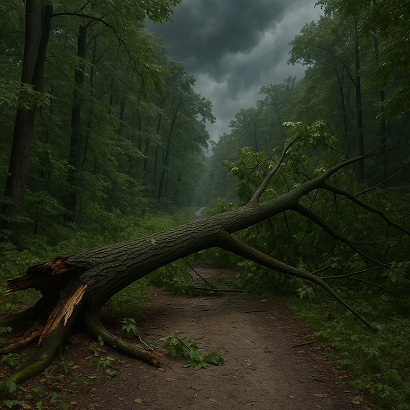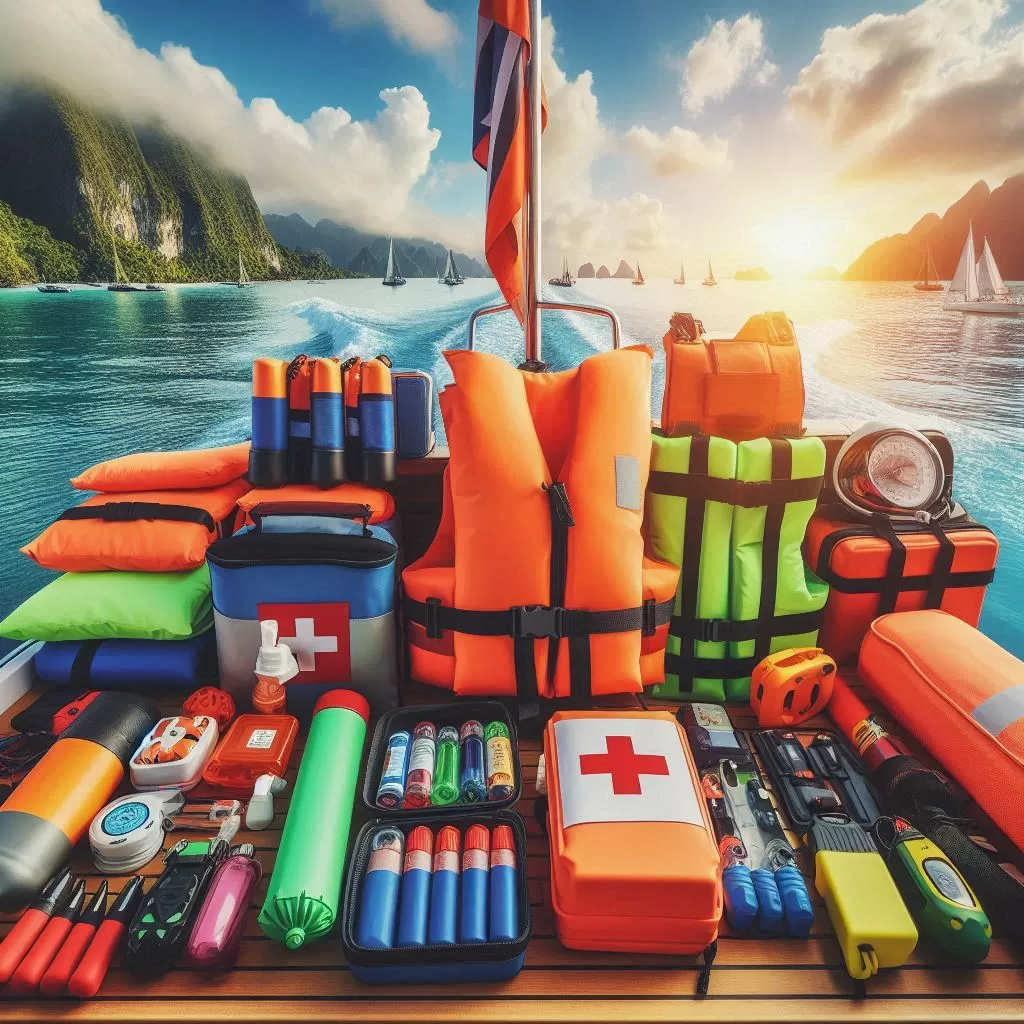How to Stay Safe on Lakes and Land in Pennsylvania and the Tri-State Area
You're out on Lake Wallenpaupack, the skies darken, and a storm rolls in. As we move through spring and begin to head into summer, fast moving storms seem to be a common aspect of lake life, at least in the Tri-State area. Here are some things you may want to consider, whether you are an avid boater or just a visitor to the lake community.
#1. Check the Forecast Before You Head Out
Check hourly forecasts, using NOAA weather radio, apps like MyRadar or WeatherBug, and being familiar with local storm patterns in the region. We even have weather info right on our website, along the right side of each page. There is no excuse for not knowing the forecast.
#2. Recognize the Early Warning Signs
Some things to consider, like a sudden drop in temperature, darkening clouds, increasing wind, and distant thunder. Readers should heed the “30/30 rule” (if you hear thunder within 30 seconds of seeing lightning, seek shelter). One of the ways I can tell rain is coming is that leaves on trees start to flip up--exposing the underside of the leaf itself. It's a result of changing pressure as the storm moves in.
#3. Get to Shore Immediately if You're Boating
If you're on a lake like Hopatcong or Wallenpaupack, your first instinct should be to head to the nearest safe shoreline. Avoid staying on the water where you're more vulnerable to lightning strikes and strong waves. We know... it's hard to really accept that this is really "the last cast" (is it ever really true?), but trust us--it's not worth a catastrophic mistake!
#4. Avoid Tall, Isolated Objects and Open Spaces
On land, stay away from single trees, flagpoles, or high ridges. Crouch low if you're caught in the open—but don’t lie flat, as it increases ground current exposure. If you are holding a fishing rod, drop it! While it's true that fishing rods aren't going to increase the chances of a lightning strike, they are good conductors of electricity, particularly those made of carbon fiber.
#5. Don’t Shelter Under Trees or in Small Boats
It might seem logical to find cover under a tree or stay in your kayak, but these are dangerous places in lightning-prone conditions. Trees can explode or catch fire from strikes, and small boats offer little protection.
#6. Seek the Right Kind of Shelter
Look for fully enclosed buildings with wiring/plumbing or a hard-topped metal vehicle. Picnic shelters, tents, or open garages are not safe as they are open and exposed.
#7. Separate from Metal and Electronics
We advise distancing from fishing rods (remember, they are good conductors of electricity), metal railings, and electronics, including phones with wired earphones. While water itself isn't a lightning conductor, metal around or in contact with water increases risk.
#8. Wait at Least 30 Minutes After the Last Thunderclap
Exercise some patience; many injuries occur after people prematurely assume the storm has passed. Reinforce that lightning can strike over 10 miles from the storm center.
#9. Be Ready for High Winds
Secondary dangers: falling branches, capsizing boats, and debris. Tips like securing boat equipment, anchoring safely, or staying low on the boat deck during gusts are valuable. Always look up after a storm and make sure you aren't walking under any widow-makers or dead wood.

#10. Create and Share a Storm Safety Plan
Create a family or group safety plan, keep emergency gear (flashlight, whistle, life vests, first aid), and share your location when heading out. For boaters, filing a float plan can be life-saving. This tip isn't even just for stormy weather. Practice it and when you need it, you'll be prepared.
Conclusion
Preparedness and Awareness. Note that with more people exploring outdoor recreation in the Tri-State area, knowing how to act during a storm isn’t just smart—it’s vital.


